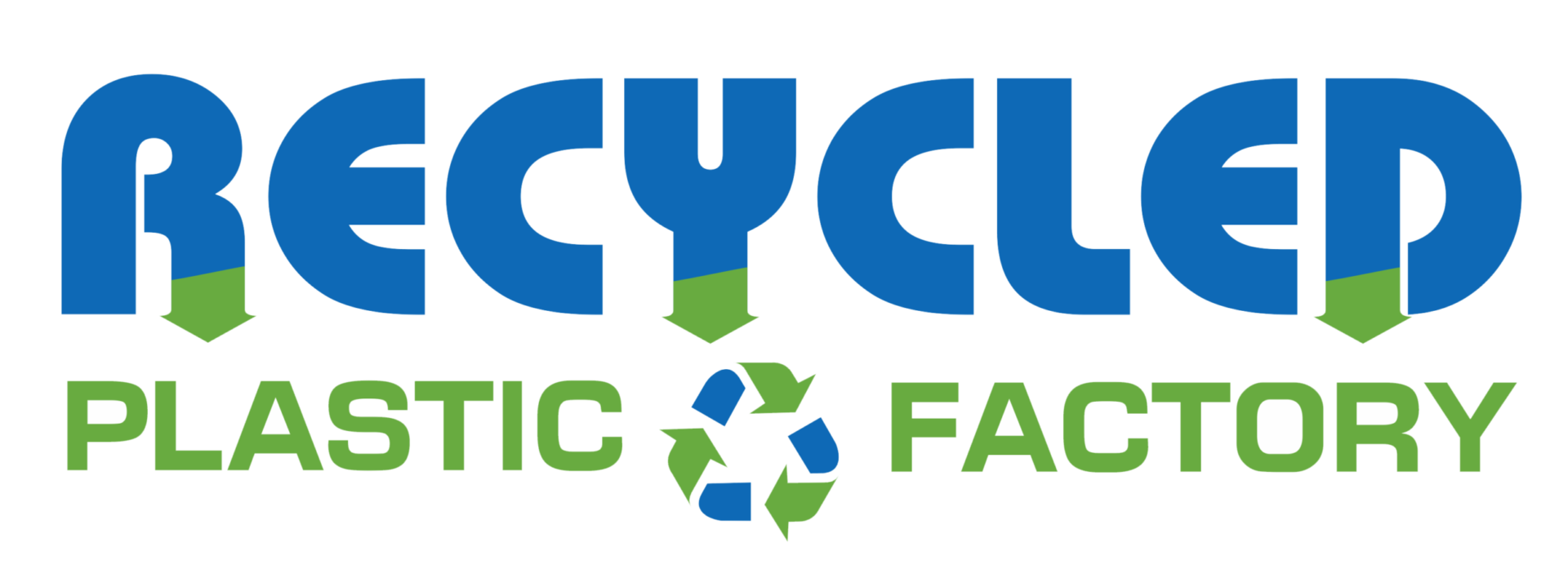Understanding the Benefits of Green Recycling for a Sustainable Future
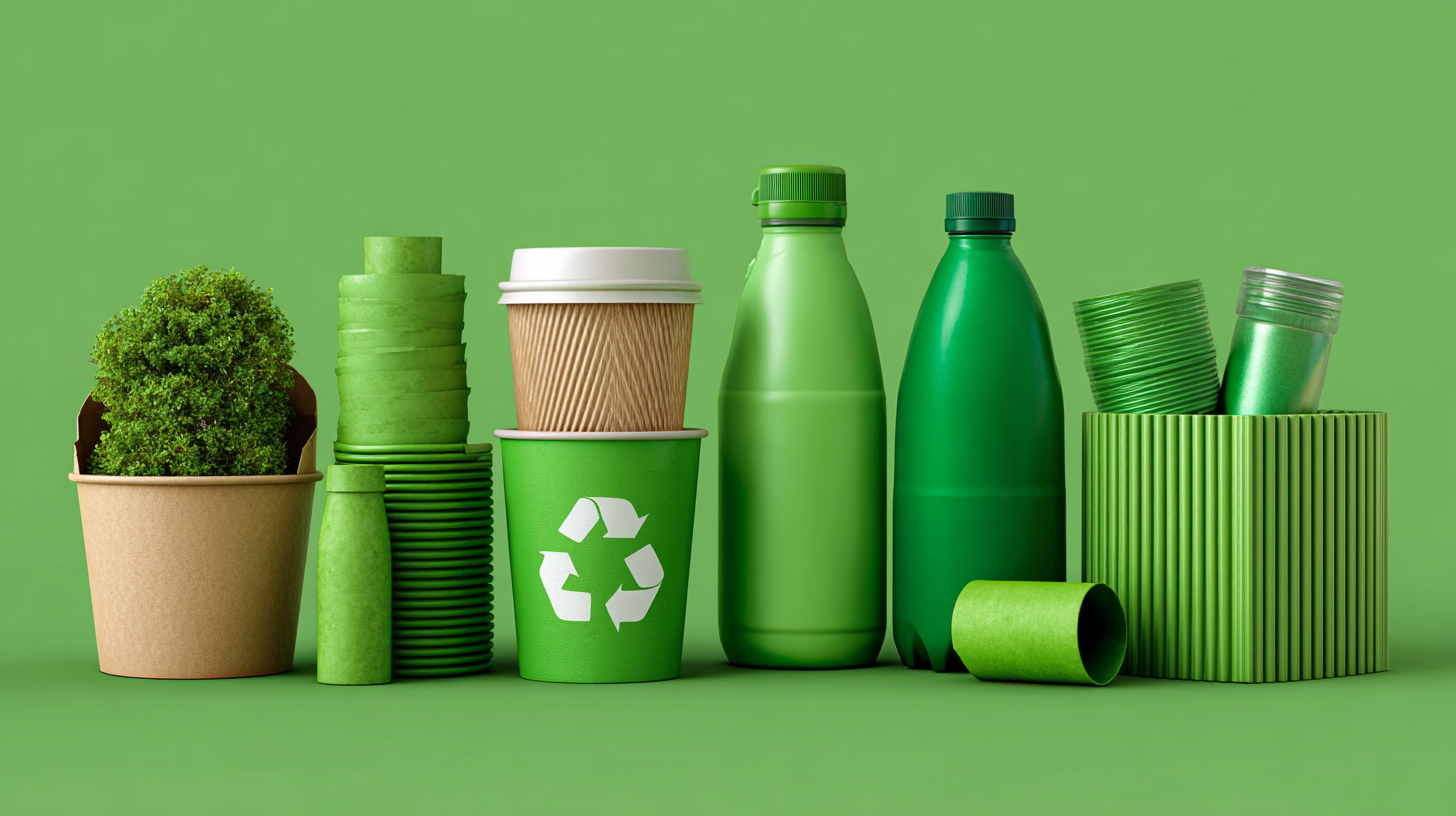 Green recycling is emerging as a pivotal strategy for achieving a
sustainable future, as evidenced by various industry reports. According to the
Global Recycling Foundation, recycling not only conserves natural resources
but also reduces greenhouse gas emissions by 1.1 billion tons annually, which
is equivalent to removing 200 million cars from the road. The
Ellen MacArthur Foundation highlights that transitioning to a
circular economy through green recycling can yield a potential
$1 trillion in economic benefits by 2025. Furthermore, the
U.S. Environmental Protection Agency (EPA) reports that recycling and
composting prevented the release of 186 million metric tons of
carbon dioxide equivalent into the air in 2013 alone. These statistics underline the imperative for both individuals and
corporations to adopt green recycling practices, significantly contributing to resource efficiency and environmental preservation.
As we delve deeper into the intricacies of green recycling, it becomes clear that its implementation is not just a benefit
but a necessity for fostering a more sustainable and resilient economy.
Green recycling is emerging as a pivotal strategy for achieving a
sustainable future, as evidenced by various industry reports. According to the
Global Recycling Foundation, recycling not only conserves natural resources
but also reduces greenhouse gas emissions by 1.1 billion tons annually, which
is equivalent to removing 200 million cars from the road. The
Ellen MacArthur Foundation highlights that transitioning to a
circular economy through green recycling can yield a potential
$1 trillion in economic benefits by 2025. Furthermore, the
U.S. Environmental Protection Agency (EPA) reports that recycling and
composting prevented the release of 186 million metric tons of
carbon dioxide equivalent into the air in 2013 alone. These statistics underline the imperative for both individuals and
corporations to adopt green recycling practices, significantly contributing to resource efficiency and environmental preservation.
As we delve deeper into the intricacies of green recycling, it becomes clear that its implementation is not just a benefit
but a necessity for fostering a more sustainable and resilient economy.
Benefits of Green Recycling: An Overview of Environmental Impact Statistics
Green recycling is not just a trendy concept; it offers substantial environmental benefits supported by compelling statistics. According to the Environmental Protection Agency (EPA), recycling and composting prevented the release of approximately 186 million metric tons of carbon dioxide equivalent into the air in 2018. This is akin to removing 39 million cars from the roads for a year. By diverting waste from landfills, green recycling significantly reduces harmful greenhouse gas emissions, contributing to climate change mitigation.
Moreover, it is estimated that recycling and reuse activities in the U.S. alone accounted for over 1.17 million jobs and generated nearly $236 billion in revenue in 2016. This indicates that green recycling not only helps in conserving resources but also fosters economic growth, highlighting its dual benefit.
Tips: To maximize your recycling efforts, always check local guidelines to ensure you’re sorting materials correctly. Additionally, consider participating in community recycling programs, which often organize collection drives and educate residents on effective practices. By engaging locally, you contribute to a broader impact while supporting sustainable initiatives in your area.
Key Strategies for Effective Plastic Recycling in Urban Communities
The importance of effective plastic recycling in urban communities cannot be overstated, especially as global plastic production is expected to surpass 1.5 billion tons by 2030, according to a 2021 report from the World Economic Forum. With cities generating a significant amount of plastic waste, developing robust recycling strategies is crucial for reducing landfill contributions and promoting environmental sustainability. Initiatives such as implementing curbside recycling programs can significantly enhance recycling rates. Research from the Recycling Partnership indicates that communities with comprehensive curbside pickup see recycling rates increase by up to 30%.
Moreover, education plays a vital role in effective plastic recycling. A study published in the Journal of Environmental Management highlights that communities with active outreach programs and educational campaigns regarding recycling best practices achieve 20% higher participation rates. Urban areas can benefit from engaging local organizations and schools to foster awareness about proper recycling methods and the impacts of plastic pollution. By employing these key strategies, urban communities can not only reduce their plastic waste but also encourage a culture of sustainability that promotes long-term environmental health.
The Economic Benefits of Green Recycling: Job Creation and Revenue Generation
Green recycling plays a crucial role in promoting sustainability while simultaneously driving economic growth. One of the most significant economic benefits of green recycling is job creation. As recycling programs expand, the demand for labor increases in various sectors, including collection, processing, and distribution of recycled materials. This surge in job opportunities not only supports local economies but also helps alleviate unemployment rates, particularly in communities that traditionally rely on resource extraction or landfill operations.
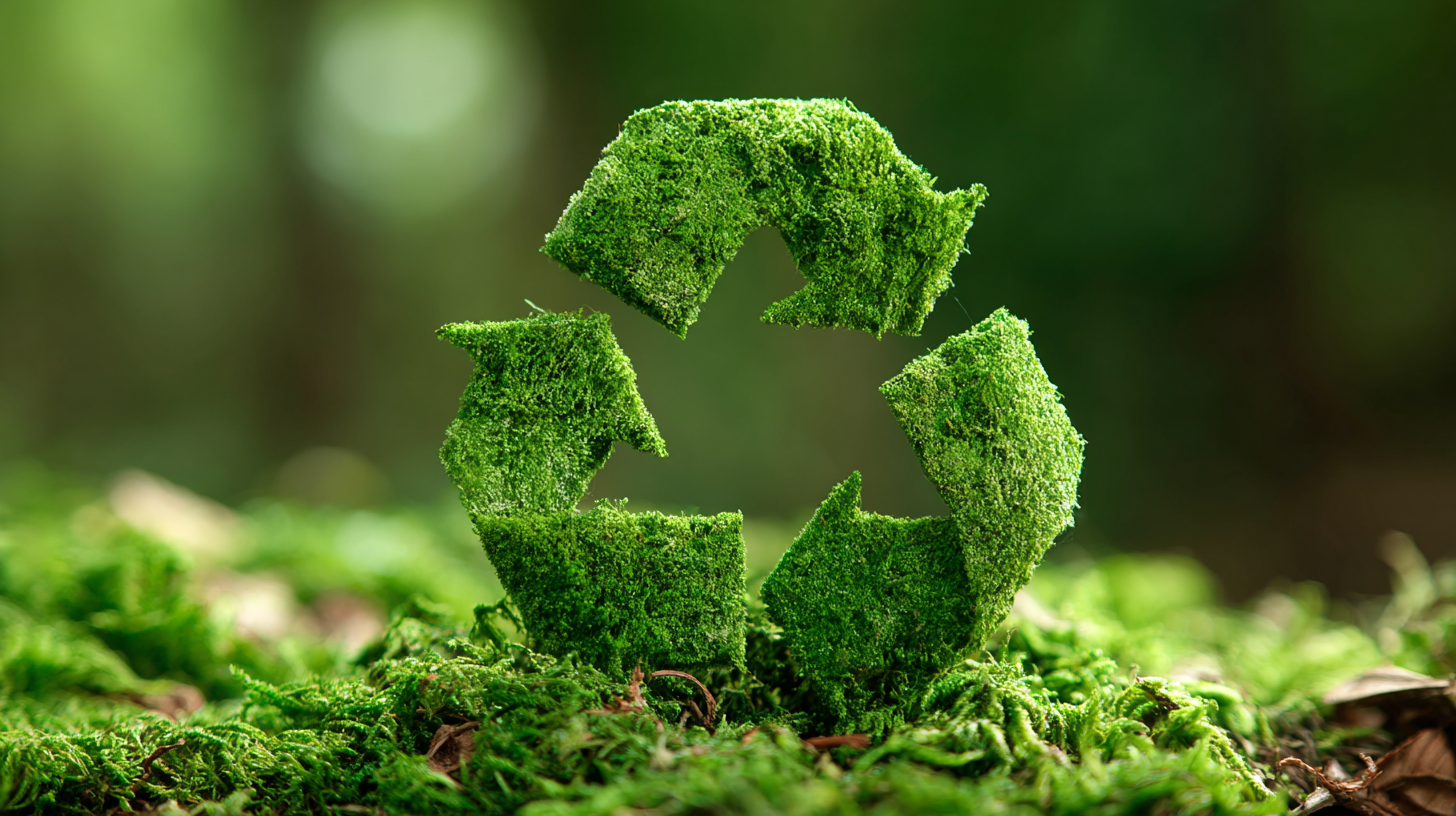
Furthermore, green recycling can lead to substantial revenue generation. By transforming waste into valuable materials, businesses can reduce costs associated with raw material procurement and disposal. Additionally, recycled products are increasingly sought after in the marketplace, opening new avenues for profit. For instance, industries that utilize recycled materials often experience lower production costs, which can translate to competitive pricing and increased sales. Overall, the economic benefits of green recycling extend beyond environmental conservation, fostering a robust job market and stimulating revenue across various industries.
Understanding the Carbon Footprint Reduction through Recycled Materials
The reduction of carbon footprints through recycled materials plays a crucial role in combating climate change. By recycling materials such as paper, plastic, and metal, we can significantly reduce the energy required for production. Traditional manufacturing processes often rely on virgin resources, exponentially increasing carbon emissions during extraction and processing. In contrast, using recycled materials often involves less energy expenditure, leading to lower greenhouse gas emissions. For instance, recycling aluminum can save up to 95% of the energy required to produce new aluminum from raw bauxite.
Moreover, the utilization of recycled materials promotes a circular economy, where resources are reused and repurposed rather than disposed of. This shift not only reduces waste in landfills, which contribute to methane emissions, but also minimizes the need for new raw materials. By closing the production loop, we can further decrease our collective carbon footprint, fostering a more sustainable environment. A focus on recycling is not only beneficial for our planet but also essential for future generations as we strive to create an ecologically responsible society.
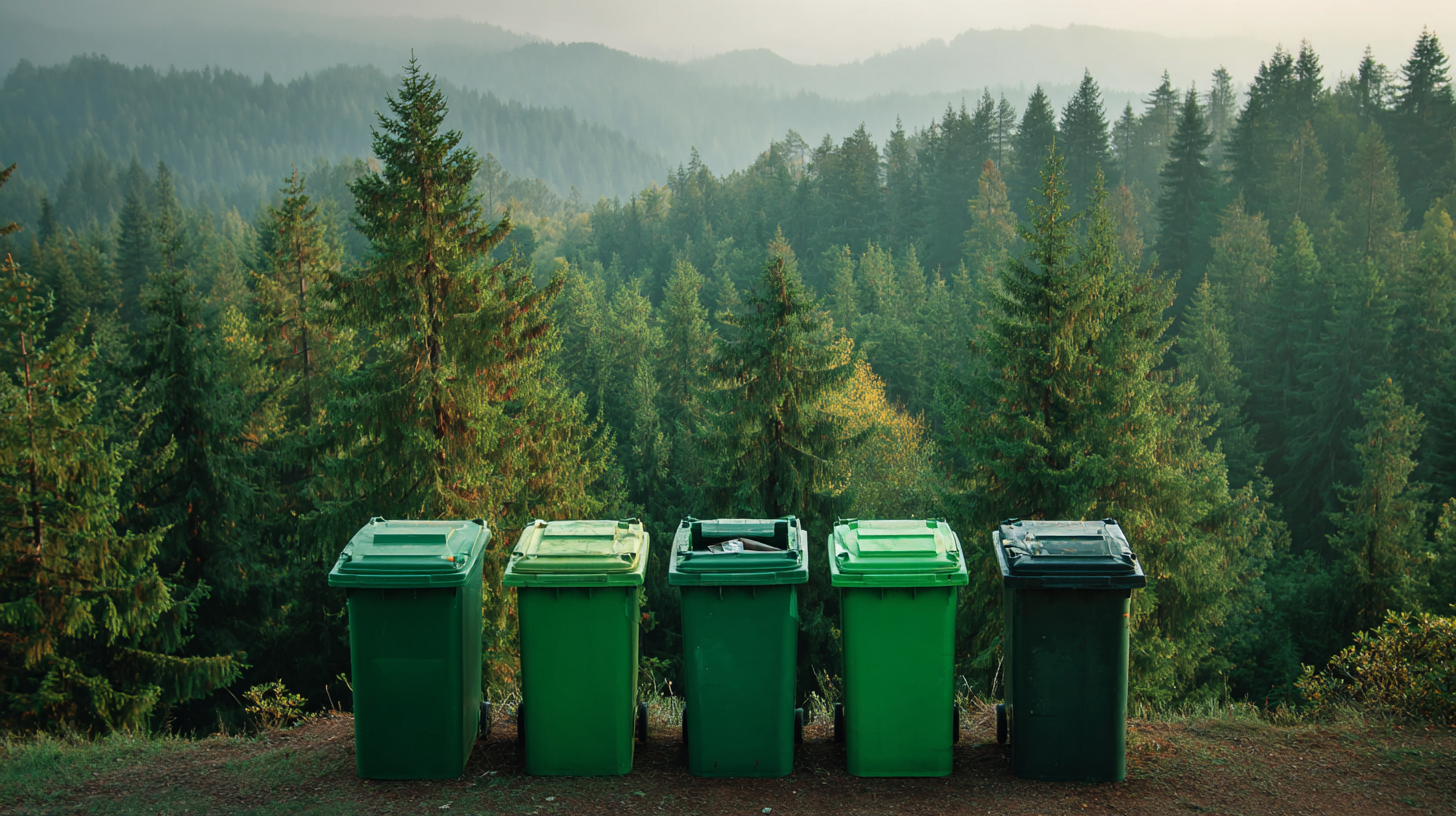
Innovative Technologies in Green Recycling: Revolutionizing Waste Management Processes
Innovative technologies are at the forefront of revolutionizing waste management processes, particularly within the realm of green recycling. Advancements in artificial intelligence (AI) and robotics are transforming traditional recycling methods, enabling more efficient sorting and processing of materials. For instance, AI-powered sorting systems can identify different types of recyclables, dramatically increasing the accuracy of waste sorting to as high as 90%, compared to conventional methods that are often less efficient. This technological shift not only reduces contamination rates but also enhances the quality of recovered materials, promoting a more sustainable circular economy.
Moreover, the integration of smart waste management solutions is reshaping the industry landscape. These technologies facilitate real-time monitoring of waste generation and collection, leading to optimized routing for waste collection trucks, thereby reducing carbon emissions and operational costs. In projects across urban centers, innovative practices such as food waste composting initiatives demonstrate that engaging communities can significantly enhance participation in recycling programs, promoting a culture of sustainability. These initiatives collectively illustrate how embracing cutting-edge technologies and practices in green recycling can lead to substantial environmental benefits, contributing to a more sustainable future.
Understanding the Benefits of Green Recycling for a Sustainable Future
| Technology | Benefits | Impact on Waste Management | Recycling Rate Improvement (%) |
|---|---|---|---|
| Robotic Sorting Systems | Increased efficiency, reduced contamination | Enhances accuracy in sorting recyclables | 20 |
| Advanced Composting Techniques | Organic waste reduction, soil enrichment | Reduces landfill waste significantly | 30 |
| Chemical Recycling Processes | Closed-loop recycling, high-quality recyclables | Maximizes resource recovery | 50 |
| Digital Waste Tracking Systems | Transparency in waste management | Improves overall recycling KPIs | 25 |
| Biodegradable Materials Innovations | Decreases plastic pollution | Lessens burden on recycling streams | 15 |
Related Posts
-
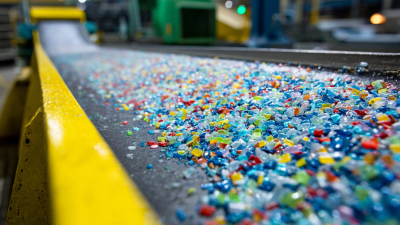
How to Transform Recycled Plastic Materials into Innovative Eco Friendly Products
-

Driving Sustainability: The Role of Recycled Plastic Materials in China's 138th Import and Export Fair 2025
-
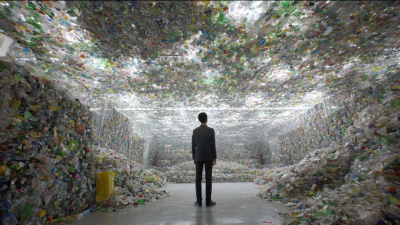
Exploring the Future of Recycled Materials at the 138th Canton Fair 2025
-

What is the Impact of Recycling from Home on Global Waste Reduction and Sustainability
-
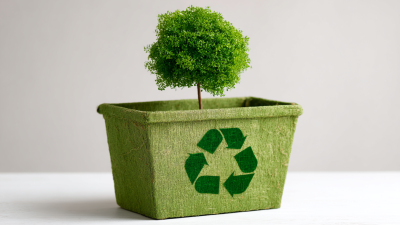
5 Incredible Tips to Effectively Recycle from Home for a Greener Planet
-

How to Transform Recycled Plastic Bottles into Sustainable Home Decor
